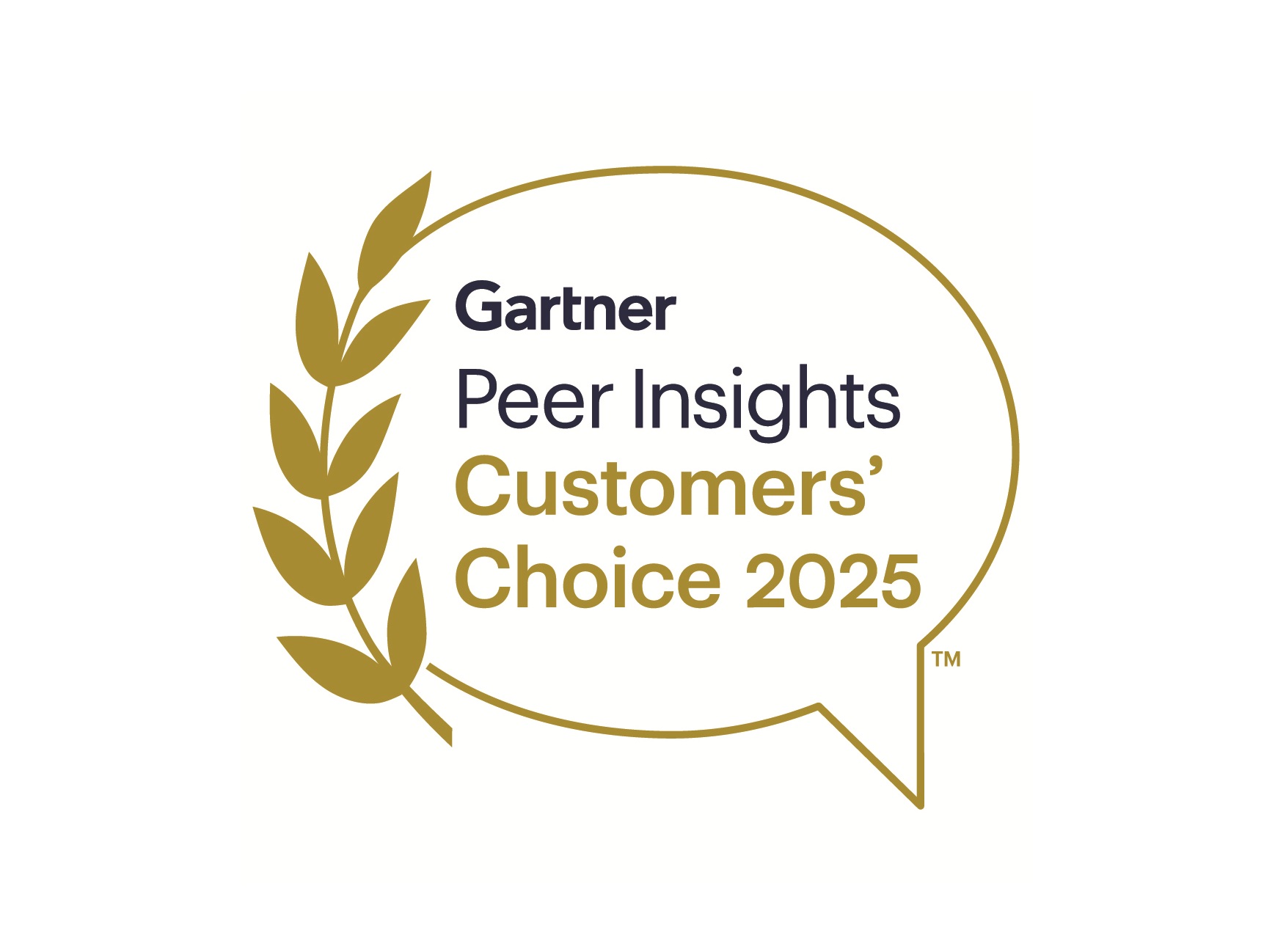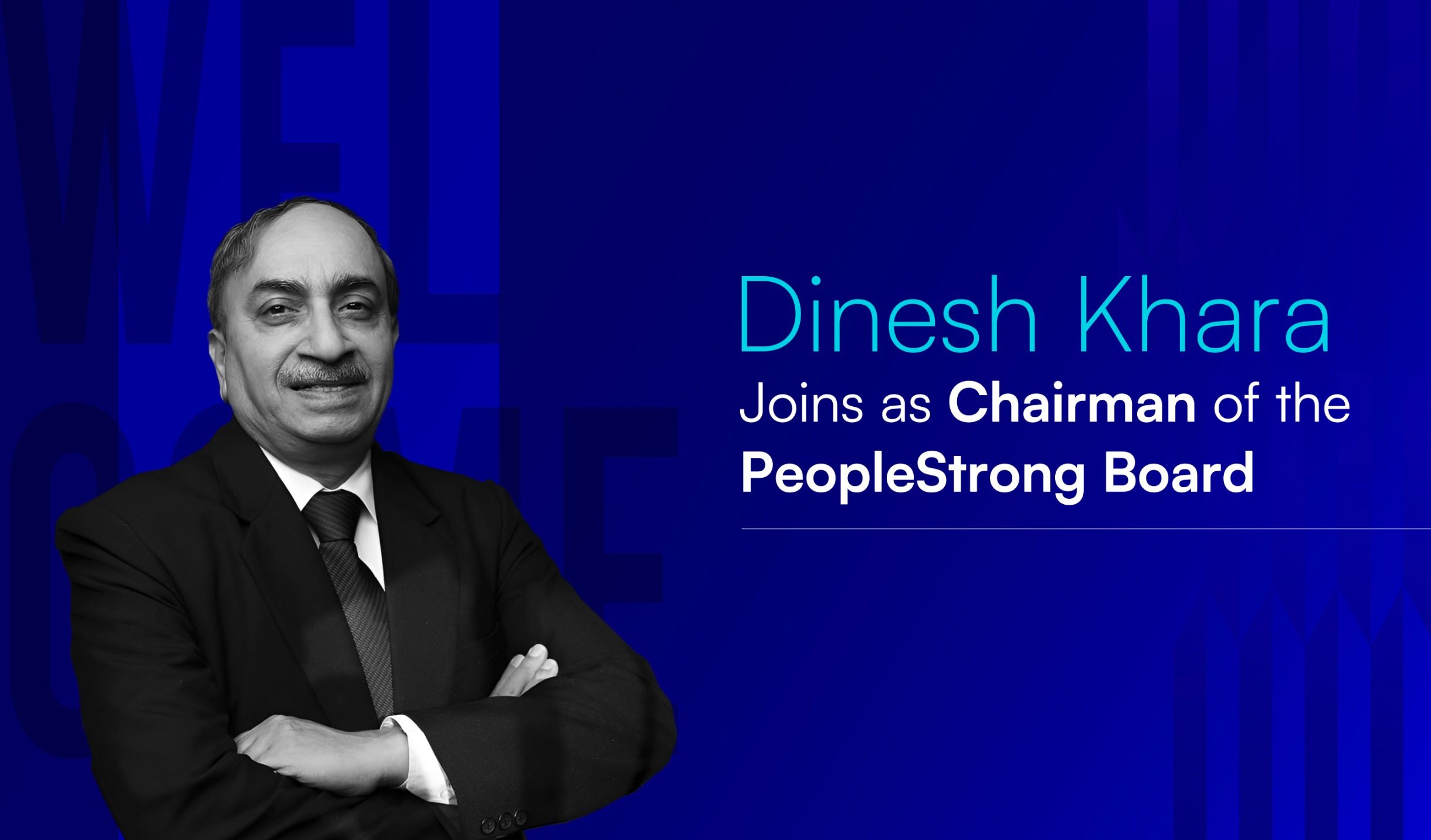Performance management might feel like a standard part of your business routine, but have you stopped to think about what you’re really aiming to achieve with it?
Often, it feels like you’re trying to do too much at once. You want to measure performance, improve it, and gather heaps of other data, from career goals to skill development.
It’s a lot like whipping up a meal with whatever’s left in your fridge—sometimes it works out, but often, it’s just not satisfying.
This scattered approach not only eats up your time but rarely hits the mark effectively.
Let’s dive into the eight big challenges of performance management and explore practical ways to improve this process for you and your team.
Suggested Read:
Performance Management Process: Tips, Key Steps, & More
8 Challenges Of Performance Management & How To Overcome Them
Performance management is crucial in any organization, especially in large ones with high stakes.
CEB estimates that a company with 10,000 employees spends about $35 million per year on reviews, so it’s vital that your approach is as effective as possible.
Let’s break down eight common challenges of performance management and how you can tackle them head-on.
1. Lack of Clear Goals
Employees often feel lost due to unclear expectations, which can lead to frustration and underperformance.
How to Solve This?
Start with SMART goal-setting to provide a clear roadmap for your team. These goals must align with the broader organizational strategy and be communicated clearly.
Here’s a brief look at each component:
- Specific: Goals should be clear and specific to avoid confusion about what is expected. For instance, instead of saying “improve sales,” a specific goal would be “increase sales of Product X by 10%.”
- Measurable: You should be able to measure progress towards the goal. In the example above, the 10% increase is a measurable target.
- Achievable: The goal should be attainable given the resources and time available. Setting a goal to double sales in a week might not be achievable, but increasing sales by 10% over the quarter could be.
- Relevant: The goal should align with broader business objectives. If the company’s focus is to expand market share for Product X, then increasing its sales is relevant.
- Time-bound: There should be a deadline to focus efforts and create a sense of urgency. Continuing with the same example, aiming for a 10% increase in sales by the end of the quarter provides a clear timeframe.
This way, everyone on your team knows exactly what part they’ll play in achieving these goals. This clarity helps employees focus their efforts and significantly enhances engagement and productivity.
2. Keeping Feedback Frequent and Fair
Feedback is often limited to annual reviews, leaving employees in the dark about their performance throughout the year.
How to Solve This?
Companies that adopt continuous performance feedback significantly outperform competition at a 24% higher rate.
Switch from yearly to regular feedback sessions to keep your team engaged and improving.
Here’s how you can make it happen:
- Set a Schedule: Switch to monthly or quarterly feedback sessions to keep everyone in sync and responsive.
- Train Managers: Equip managers to offer specific, actionable feedback, not just general comments.
- Encourage Two-way Communication: Foster discussions where employees can also share their thoughts and concerns.
- Document Feedback:Record details from feedback sessions to track changes and revisit key points later.
3. Tackling Bias in Evaluations
Personal biases can skew evaluations, resulting in unfair and inaccurate assessments. This issue arises when feedback is overly influenced by individual opinions rather than objective performance metrics.
How to Solve This?
To combat this and bring more fairness into the evaluation process, consider these approaches:
- Implement 360-Degree Feedback: This method involves gathering feedback from all directions—peers, subordinates, supervisors, and sometimes even clients. By incorporating multiple perspectives, you can get a fuller, more accurate picture of an employee’s performance.
- Use Multiple Raters:Don’t rely on just one person’s viewpoint for performance evaluations. Multiple raters can dilute individual biases’ impact and lead to more balanced results.
- Standardize Evaluation Criteria:Ensure that everyone is evaluated against the same set of clear, objective criteria. This reduces the room for subjective judgment and helps maintain consistency across all evaluations.
4. Stagnant Tools Can Also Stagnate Your Performance Management
Many companies struggle with outdated performance management tools that make the evaluation process inefficient and frustrating for both managers and employees. The traditional systems are often inflexible, costly, and can actually demotivate your staff.
How to Solve This?
According to Deloitte, 70% of organizations are updating or have recently reviewed their performance management systems.
You, too, should invest in modern, user-friendly performance management software that integrate seamlessly with other HR tools. Look for features that facilitate real-time feedback and customizable evaluation metrics.

If you’re struggling with outdated performance management tools, PeopleStrong lets you easily set up clear goals and OKRs that align with your business aims. Its performance management system provides features like continuous feedback and 360-degree reviews right at your fingertips.
With PeopleStrong, you can:
- Stay updated with real-time performance tracking.
- Simplify your performance management for smoother operations.
- Focus more on your team’s growth and less on manual processes.
- Boost your business’s success through effective management tools.
Suggested Read:
9 Best Performance Management Software In India
5. Lack of Employee Engagement
Often, employees feel disconnected from the performance management process, seeing it as a routine exercise rather than a meaningful part of their career growth.
How to Solve This?
Remember, companies with higher-than-average employee engagement achieve 27% higher earnings and 38% more productivity.
This is why maintaining higher employee engagement is extremely crucial for your company. Here’s what you can do:
- Involve your team in setting their own goals to increase their commitment and relevance.
- Align these goals with each team member’s career aspirations to keep them motivated and connected to their work.
6. Poor Communication Can Create A Negative Impression On Your Employees
Misunderstandings and unmet expectations are common consequences of communication gaps between managers and employees. Without clear and consistent communication, it’s easy for both parties to become misaligned on goals, expectations, and feedback.
And it directly impacts your overall productivity. This performance management issue often stems from infrequent or ineffective communication, where crucial details are either overlooked or not conveyed understandably.
How to Solve This?
To bridge these gaps, you must build a setup that ensures that both managers and employees stay on the same page throughout the performance management cycle. Here’s how to go about it:
- Set up open channels for communication to ensure everyone’s always in the loop.
- Encourage regular check-ins to keep goals, expectations, and feedback aligned.
- Hold frequent meetings to discuss progress and tackle any issues head-on.
- By keeping communication clear and consistent, you’ll reduce misunderstandings and keep your team moving smoothly.
7. Integration with Other HR Processes
Often, performance management is seen as a standalone activity, disconnected from other crucial HR processes. This siloed approach can limit its effectiveness and the overall strategic impact on an organization.
How to Solve This?
To maximize performance management’s impact, it’s essential to integrate it with other HR functions, such as talent acquisition, learning and development, and succession planning. This creates a seamless strategy that supports an employee’s journey from recruitment to development and future planning.
PeopleStrong facilitates this integration beautifully. Their comprehensive platform includes recruitment, onboarding, core HR activities, payroll, performance management, and more modules. With PeopleStrong, you can:
- Link your team’s achievements directly to their next learning steps so they keep growing.
- Use smart analytics to make better HR decisions that matter.
- Plan ahead for who’s next in line to lead with an integrated system for performance and succession planning.
- Keep everyone on the same page and move towards the same goals while syncing career paths and objectives.
- Cut through the clutter with streamlined communication and processes across all HR activities.
8. Overemphasis on Quantitative Metrics
There’s a common trap in performance management where the focus leans heavily on numbers. This often leads to neglecting the qualitative aspects that paint a fuller picture of an employee’s contributions and potential.
How to Solve This?
To fix this imbalance, it’s important to mix quantitative metrics with qualitative assessments. Here’s how you can make it work:
- Incorporate Peer Reviews: Let team members provide feedback on each other’s performance. This adds depth to the understanding of how someone contributes beyond sales figures or completed tasks.
- Encourage Self-Assessments: Give employees a chance to evaluate their own work. This helps them reflect on their strengths and areas for improvement and provides valuable insights to managers about employee perceptions and challenges.
As We Conclude
When it comes to performance management, it’s all about getting it right—setting clear goals, communicating better, and making sure everyone’s on the same page.
Each strategy we discussed isn’t just a suggestion; it’s a way to increase your team’s productivity and satisfaction. And with PeopleStrong, this whole process becomes much smoother.
Think about it: aligning goals, getting feedback often, and linking up all parts of HR into one solid system.
Ready to ramp up your performance management game?
PeopleStrong can make that shift a whole lot easier for you.
Give it a go and see the difference for yourself!
Unlock the full potential of your performance management process with PeopleStrong's revolutionary solutions. Our team of experts is dedicated to helping you create a culture of continuous feedback and development, ensuring your organization stays ahead of the competition. Contact us today and discover how PeopleStrong can transform your performance management process into a more efficient, effective, and rewarding experience.
Contact Us Now






















